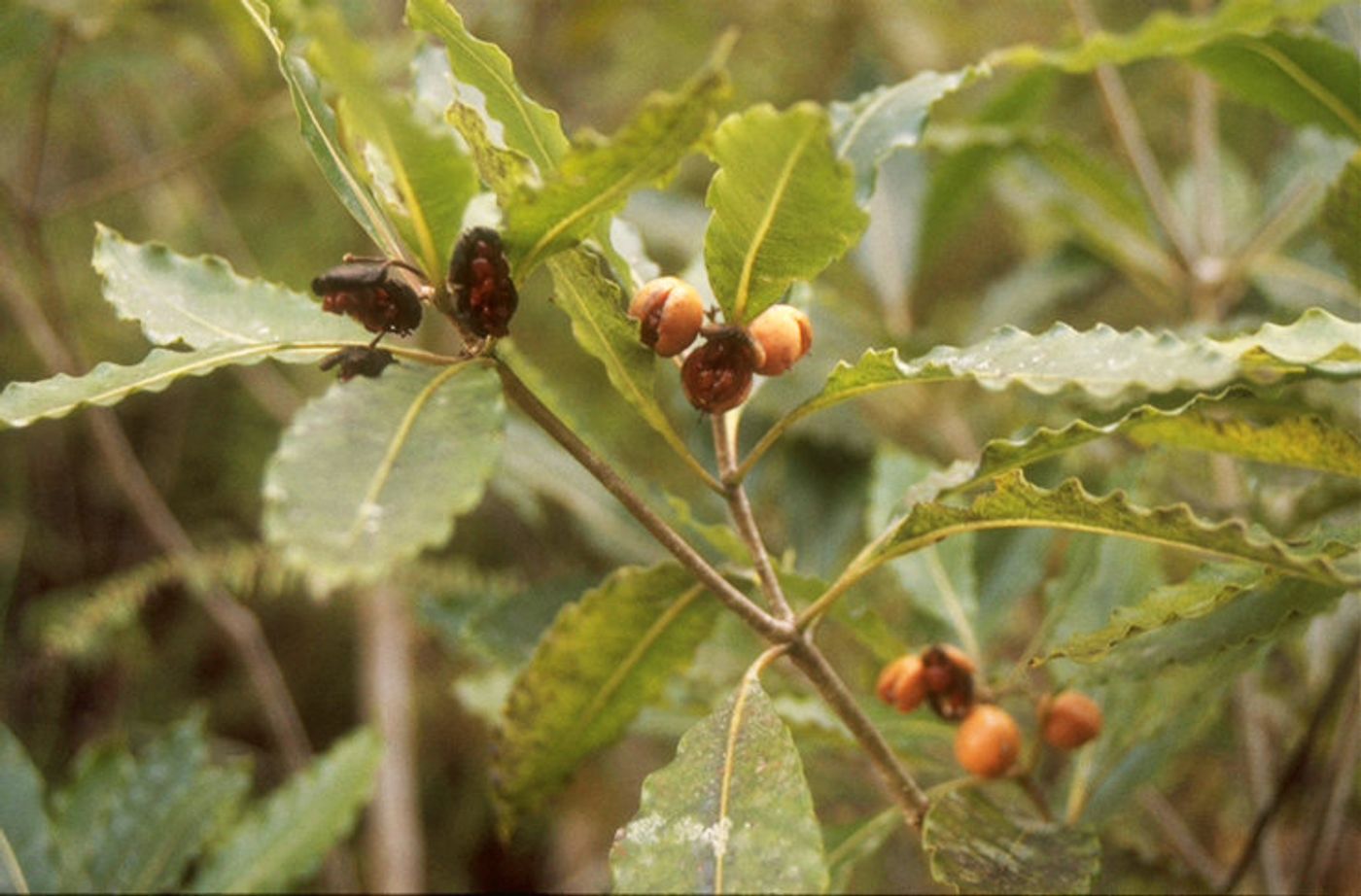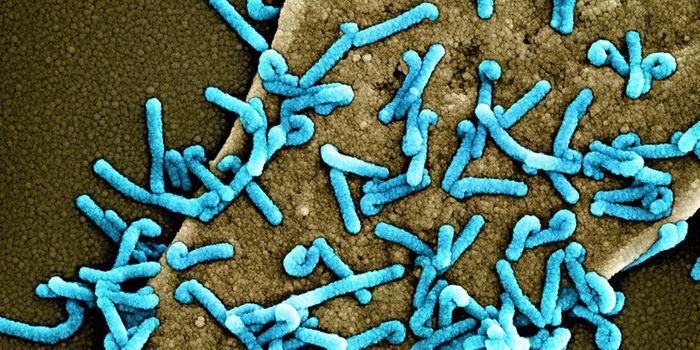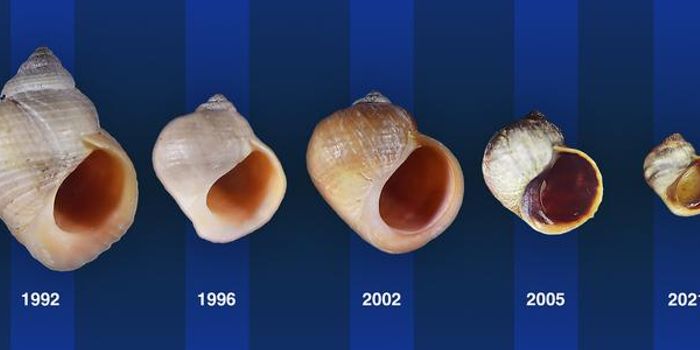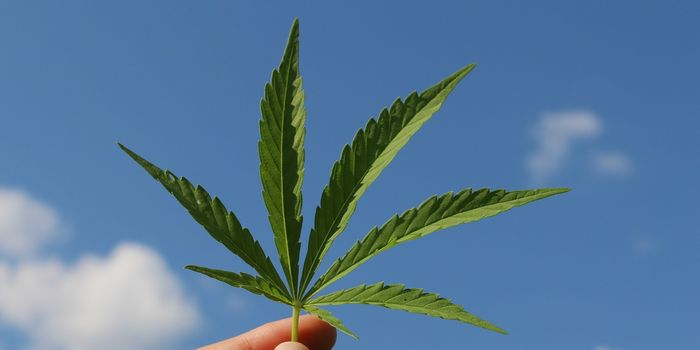Invasive Tree Species Threatens Jamaican Global Biodiversity Hotspot
Scientists fear the worst for Jamaican habitats as an invasive tree species called Pittosporum undulatum (more colloquially known as the “mock orange” tree) expands throughout the region like wildfire.
Image Credit: John Healey, Bangor University
A report from Bangor University underscores how its exponential multiplication threatens these habitats’ global biodiversities, and alarmingly there’s no indication that its population uptick will slow down anytime soon.
The full findings have made their way into the journal Biological Conservation.
The mock orange tree initially made its way from Australia to Jamaica in the 1800’s. While its introduction was limited to a particular area at the time, it wasn’t long before the tree made itself right at home and began thriving in the new environment.
Related: Invasive carp threaten our waterbirds
One of the ways it gets around so quickly is by hitching rides with local birds, which eat the tree's fruits and then leave behind seeds that sprout and grow. These seeds can also ride the winds present during gusty tropical storms and hurricanes that often zip through the region.
Since its introduction to Jamaica, the mock orange tree has gotten quite far from its starting point. That aside, it only recently began invading forests in both the Blue and John Crow Mountains National Parks.
While some might consider the over-abundance of a particular tree to be no big deal, experts in the field feel otherwise. These regions harbor several endangered or threatened species, and they don’t all play nicely with the mock orange tree.
What’s worse is that many of these species depend on one another for survival, and if any start to decline from an excess of mock orange trees, then it could ignite a chain reaction that impacts the entire ecosystem.
“Over the past 24 years the severity of this invasion was associated with a decline in the diversity of native tree species, including those species that are found only in Jamaica, which are the highest conservation priority,” said John Healy, a Forest Sciences professor at Bangor University and co-author of the study.
“The ‘mock orange’ outpaces the growth of most native trees, and its dense foliage casts a dark shade over their seedlings severely restricting their regeneration.”
Related: White-tailed deer reportedly help invasive plant species thrive
Given the circumstances, there isn’t much time to act before the mock orange tree overruns these forests and imposes problems for local species. The study scientists argue that we should implement conservation efforts immediately to prevent such issues from happening.
“Given the strength of our evidence of the serious consequences of this invasion for biodiversity, we urge the relevant institutions in Jamaica, and international funding bodies, to prioritize a program of control of this species,” said study lead author Peter Bellingham.
“We are sure that active intervention at this stage would be very cost effective, reducing the much greater costs of trying to restore the native forests if the invasion is allowed to spread further.”
As it would seem, resources for conservation are limited this early in the game, but it’s clear that something should be done to protect local species from the underlying effects of this invasive tree.
Source: Bangor University









